Before I set about making my first-ever pho, I learned that the depth of flavour, its intense colour and clarity, is all in the making of the broth. According to Vietnamese cookbook author and chef, Charles Phan, the secret is in blanching the bones. “In Vietnam, we generally don’t have ovens, but we still need to make this broth be clear and flavourful. So … we blanch the bone. It takes 30 to 60 seconds, then you rinse it in cold water and put it back in your pot. Bring it up really slow — never a super hard boil. This is to achieve clarity.” To enhance the flavour, Phan said, use different kinds of bone. “For instance, in the beef, you would use the oxtail, the shank bone, the neck bone.”
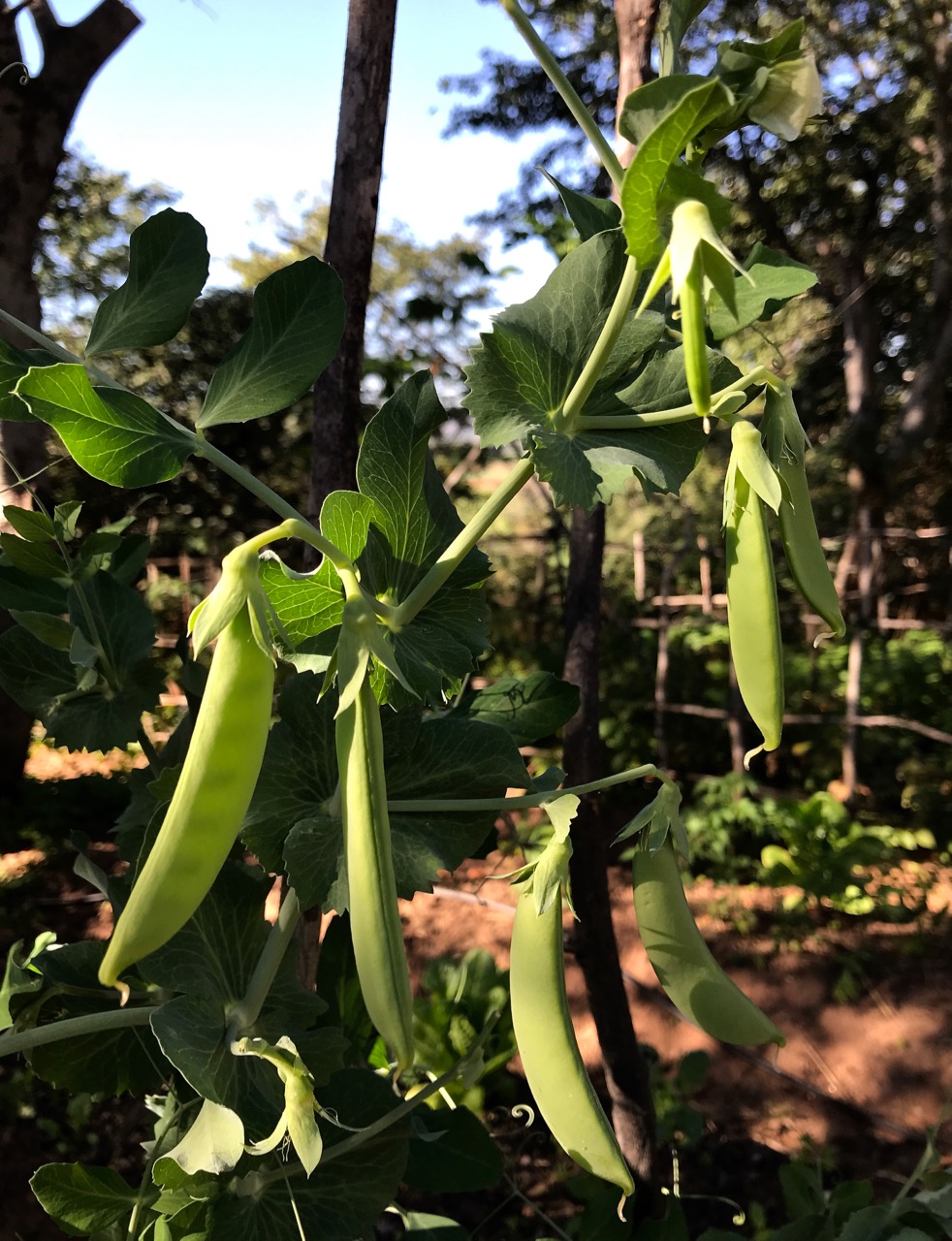
I never had any of these bones in my freezer when I set about the idea of making pho on a recent chilly morning. I had all the fresh ingredients in my garden — including a wild cucumber I could spiralize as a substitute for rice noodles — but not the bones. What I did have were frozen cow hooves, which Chris had previously bought from the butcher to feed our dogs. In some traditional cultures here in Africa, slowly-simmered cow hooves are a delicacy. Cooking them for the first time ever for my pho, I learned why: they rendered terrific flavour and gelatinous goodness, even if a desired clarity was missing. (In the recipe below, I have opted for using beef bones and oxtail instead of cow hooves to make the broth, because the traditional recipe calls for their use.)
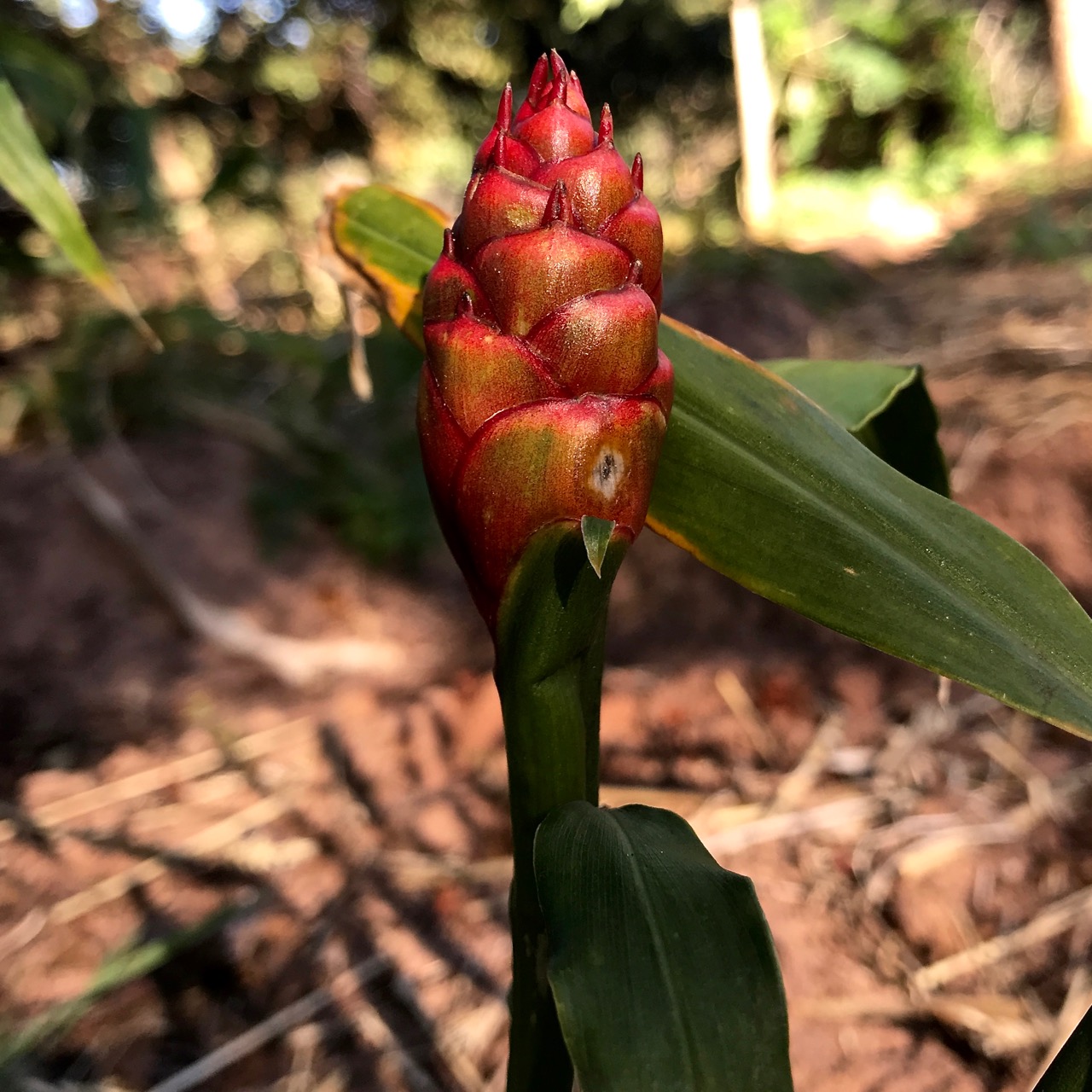
Another technique used in making pho is caramelising the onion and ginger by blackening them either in the oven, or over a flame, before removing the peel and adding them to the broth. I blackened my ingredients over hot coals in our Zambian mbaula, or brazier, in order to add a smokiness to the caramelisation process. As Charles Phan advises, “You need to get the caramelisation of that sugar, and the flavor of the ginger also heightens.”
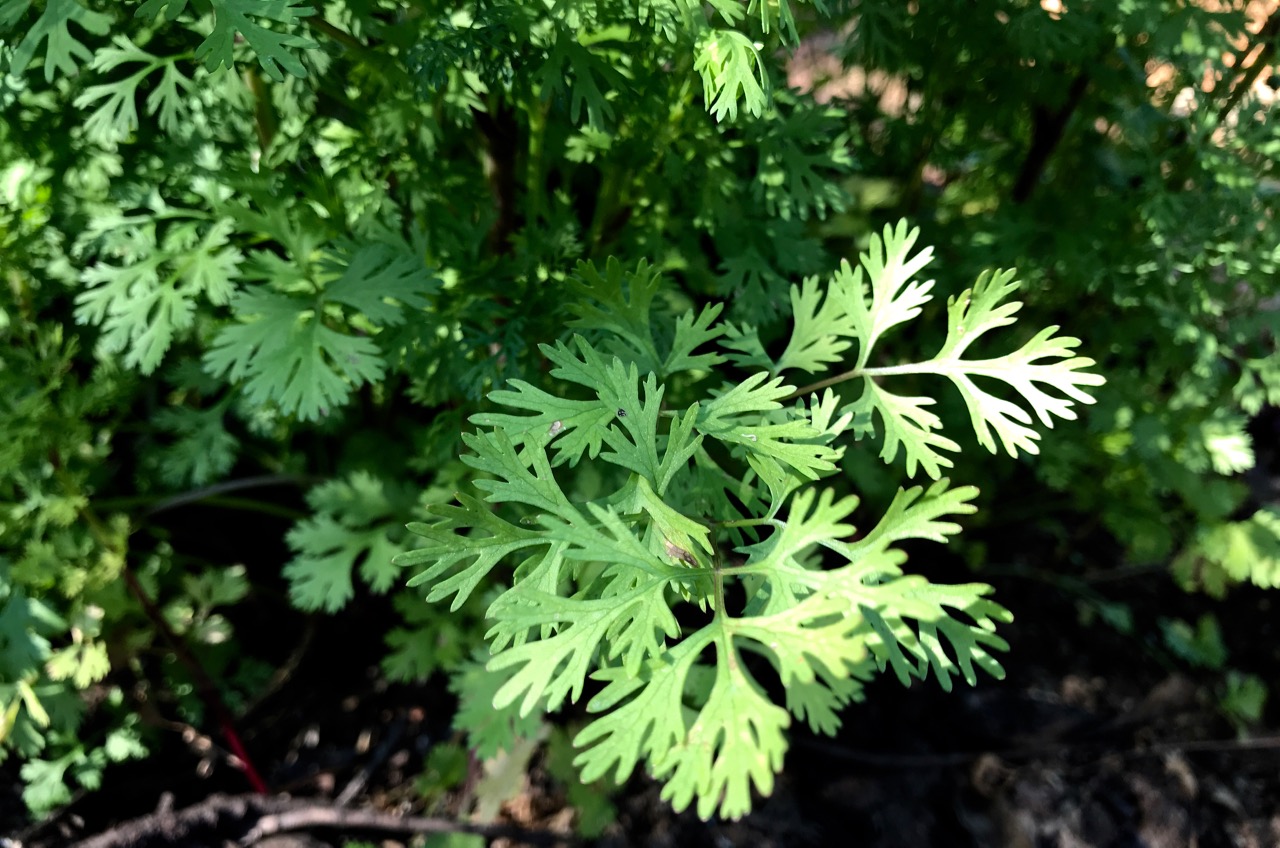
Phan reminds us to never overcook the rice noodles, if you are using them. “Put the noodles in a warmed bowl. Put your raw meat on top of the noodles and add your garnish. Then ladle your broth on the side, not touching the utensil to the raw meat. Bring the broth up to the level just covering the meat.
“We serve [pho],” he said, “with a lot of herbs and vegetables, like bean sprouts, to create different textures. We take the aromatics very seriously. The basil and the lime, for instance, we don’t add all at once. We put them in a few pieces at a time. Let the hot soup melt the herb so you get the aromatic flavour and the smell of the herb. … The Vietnamese sensibility is not just on the flavour of the soup but also how you smell the fresh herbs.” I never had bean sprouts but I did have young sugar snap peas which were a perfect substitute, both in texture and flavour.
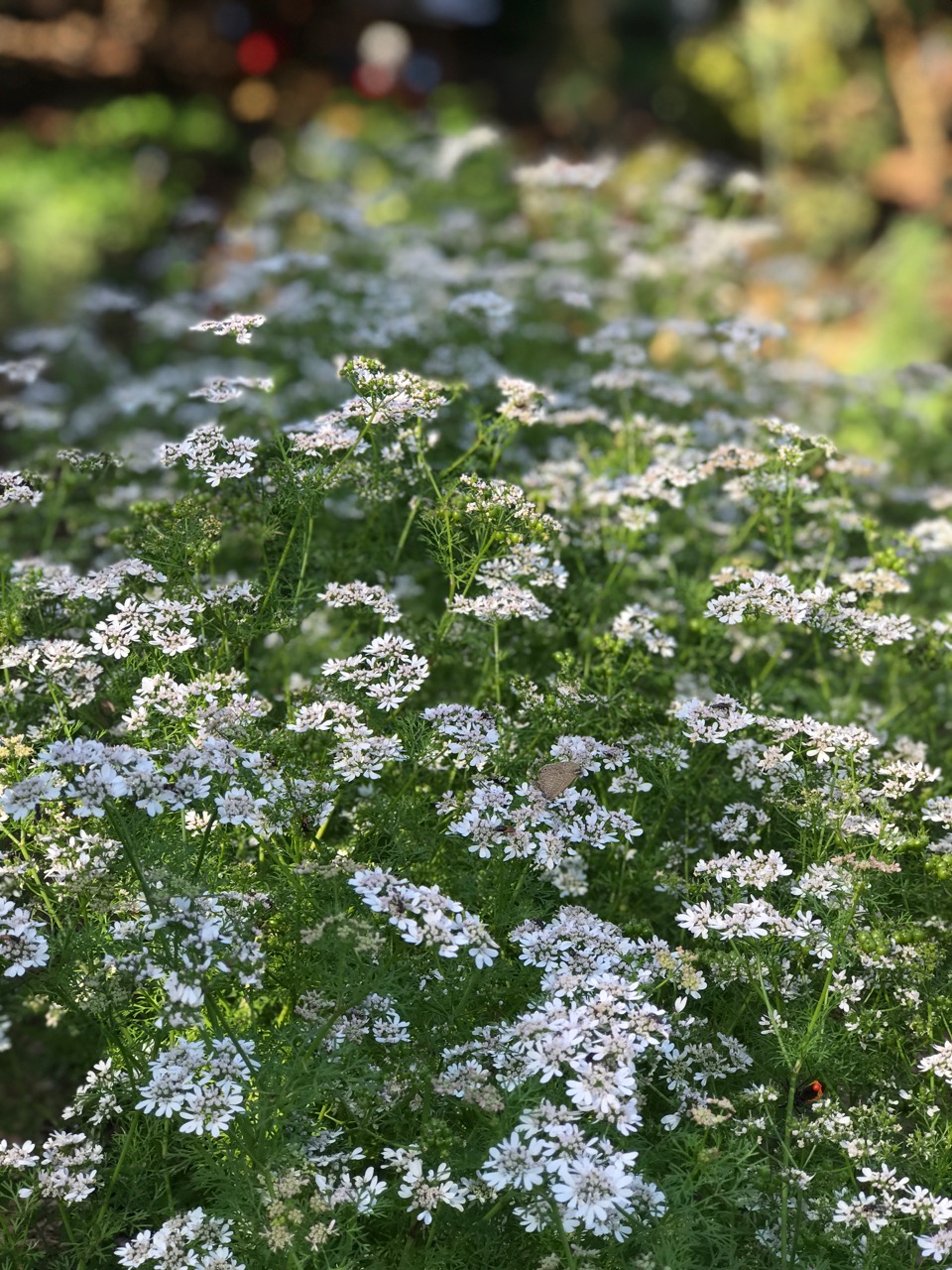
Don’t be put off by the number of ingredients in this soup, or the length of time it takes to make it. Trust me, it’s worth it. Especially in frigid temperatures, like we’re experiencing here in the-normally-hot Zambezi Valley. Adding some heat, like pilipili-hoho, to the end result will also turn up the temperature!
Vietnamese Beef Pho … with a Bush Gourmet Touch
Yield: 4-6 servings
Ingredients:
- 5kg beef bones
- 5kg oxtail
- 1 large onion, unpeeled
- 200 grams ginger, unpeeled
- 2 cardamom pods
- 5 star anise
- 2 cinnamon sticks
- 4 cloves
- 1 teaspoon coriander seeds
- 1 tablespoon dried kumquats
- 50ml fish sauce
- 1 tablespoon granulated sugar
- 1 teaspoon preserved lime, or to taste
- 1 tablespoon fresh lemon juice, or to taste
- 1 packet (500 grams) rice noodles, or 1 large wild cucumber, spiralized
- 4 spring onions, finely sliced
- 1 bird’s eye chilli, finely sliced and partially deseeded
- handfuls of sugar snap peas or mangetout, trimmed (or seasonal vegetables/sprouts of your choice)
- 400 grams fillet steak, thinly sliced (*optional)
- Handful fresh coriander + flowers
- Handful fresh Thai basil leaves
- Handful fresh mint leaves
- Pilipili-Hoho (*optional)
Method:
- Char the onion and ginger over hot coals in the mbaula until well-blackened all over, about 10-15 minutes. Carefully peel off the charred skin (little bits of it will remain). Set aside.
- Put the beef bones and oxtail in a large pot and cover with cold water. Bring up to the boil and blanch the bones for a couple of minutes. Drain, discarding the water, rinse the bones and meat well, and clean the pan.
- Put the bones and oxtail back in the pot and cover again with cold water. Add the onion and ginger, the spices and dried kumquats, and bring to the boil. Turn down the heat to a simmer and cook, skimming the broth as necessary, until the oxtail is falling off the bone, about 4-5 hours. Strain through a fine sieve, retaining only the meat from the oxtail, and discarding the rest.
- Add the fish sauce, sugar, preserved lime and lemon juice to the broth, adjust according to your taste.
- Cook the rice noodles according to the packet instructions, if you are using them, or divide the wild cucumber noodles between warmed bowls. Put your raw fillet steak on top of the noodles, with some of the herbs and spring onions, and the sugar snap peas. Ladle your hot broth, with the oxtail meat, around the ingredients in the bowl, making sure it reaches a level that covers the raw meat. Scatter the remaining spring onions, and serve with the leftover fresh herbs and coriander flowers.
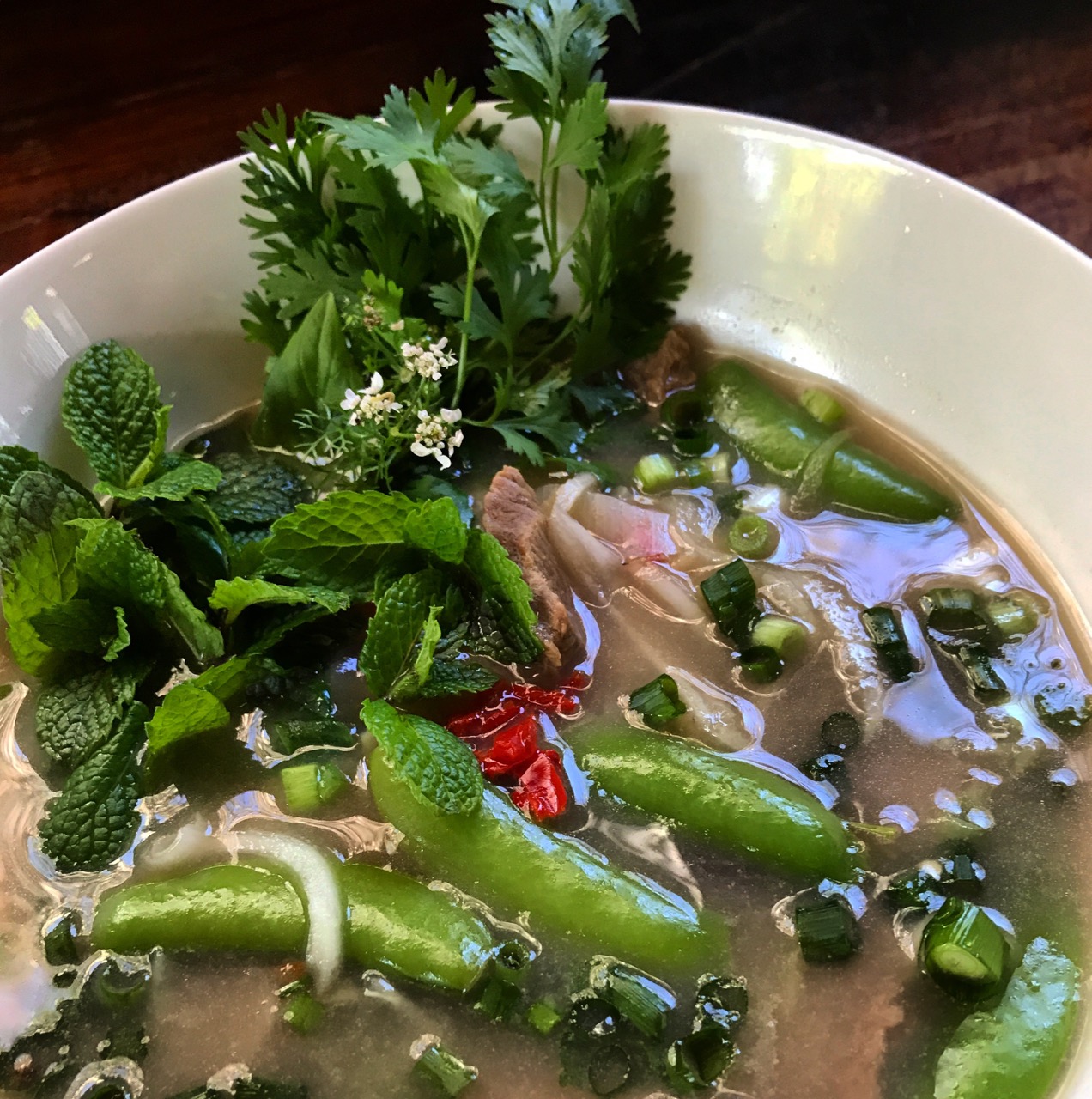

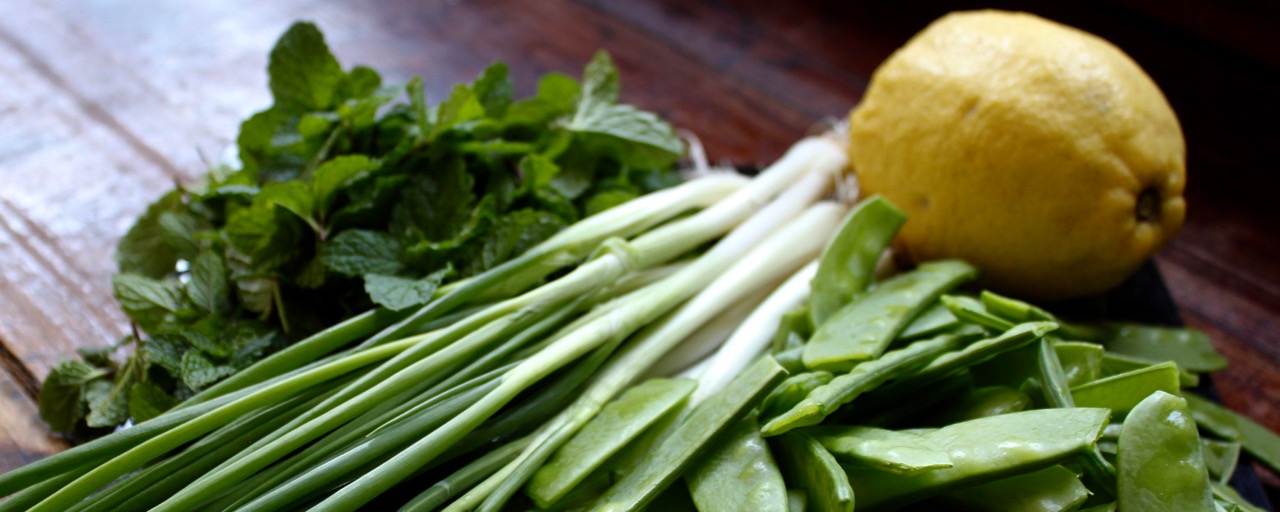
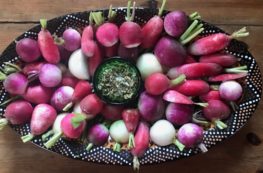


8 Comments
Annabel you make it all so visually and mentally delicious – again!
How terrific to hear from you again, Tish, and thank you for your kind comment. It is, as I have said before, a labour of love!
Wow! Sounds complicated … but the photograph of how it turned out looks scrumptious!
It’s more time-consuming than complicated, but the end result is worth the wait. 🙂 Thank you, as always, Georgie. xo
A good recipe – I especially liked the addition of dried kumquats. Just a note, you put up a lovely picture of a ginger flower. In Japan, the buds are used as a flavouring. They are called myoga – they are used sometimes finely sliced in place of or with ginger, or in tempura.
Thank you, Helen, for your kind and informative note. I never knew that about the ginger flower, and will certainly start experimenting with it shortly! I use galangal flowers as garnish on the plate, which are not only visually stunning but also have a mild, ginger flavour. All the best, Annabel
Beautiful. I’m so glad you’re still blogging!
Thank you so much, Chef Mimi! I’m still blogging, to be sure, but just not as often. It’s something I really enjoy doing … 🙂
Comments are closed.